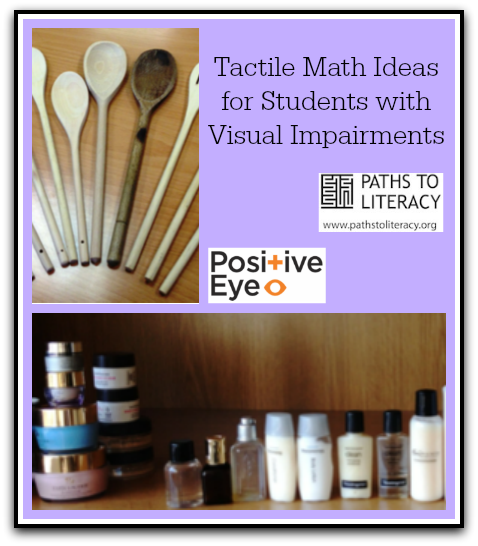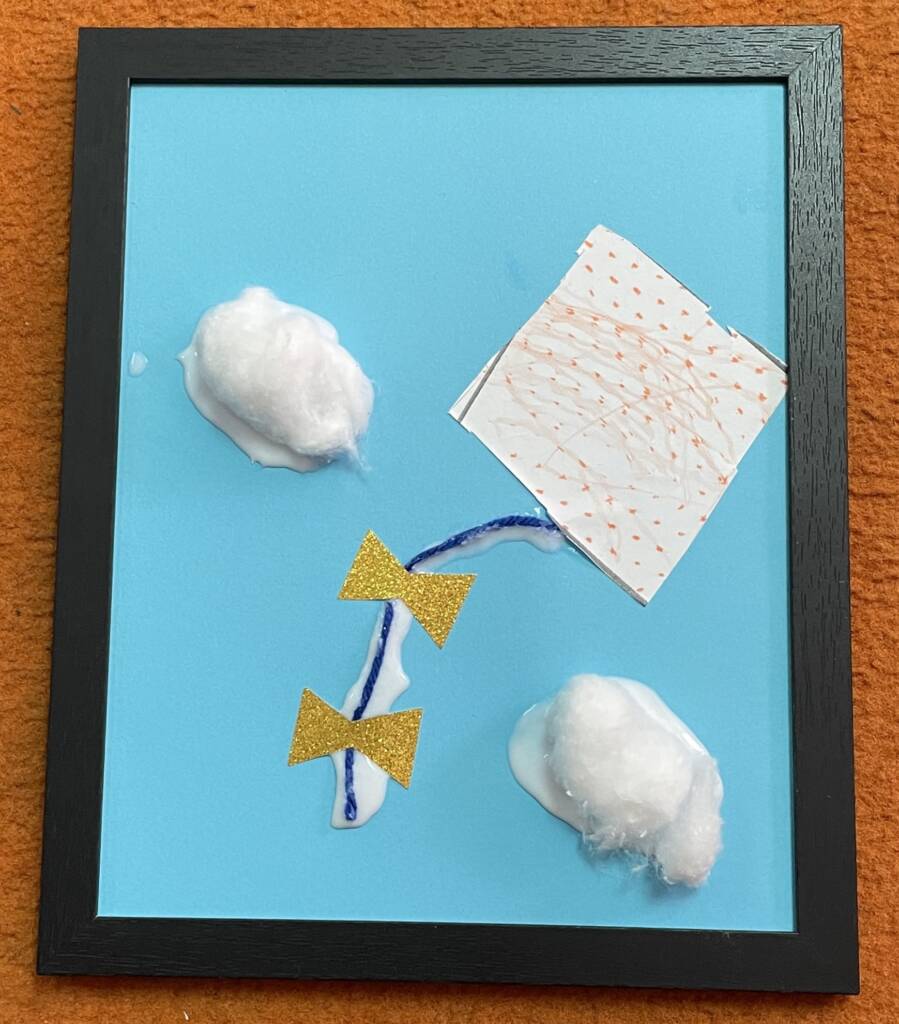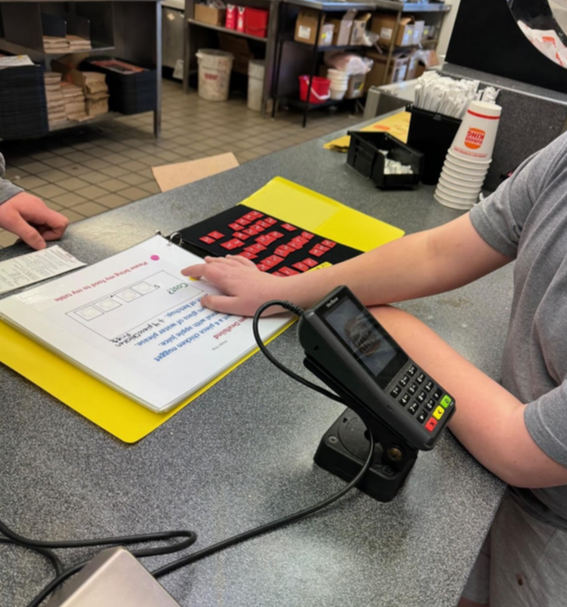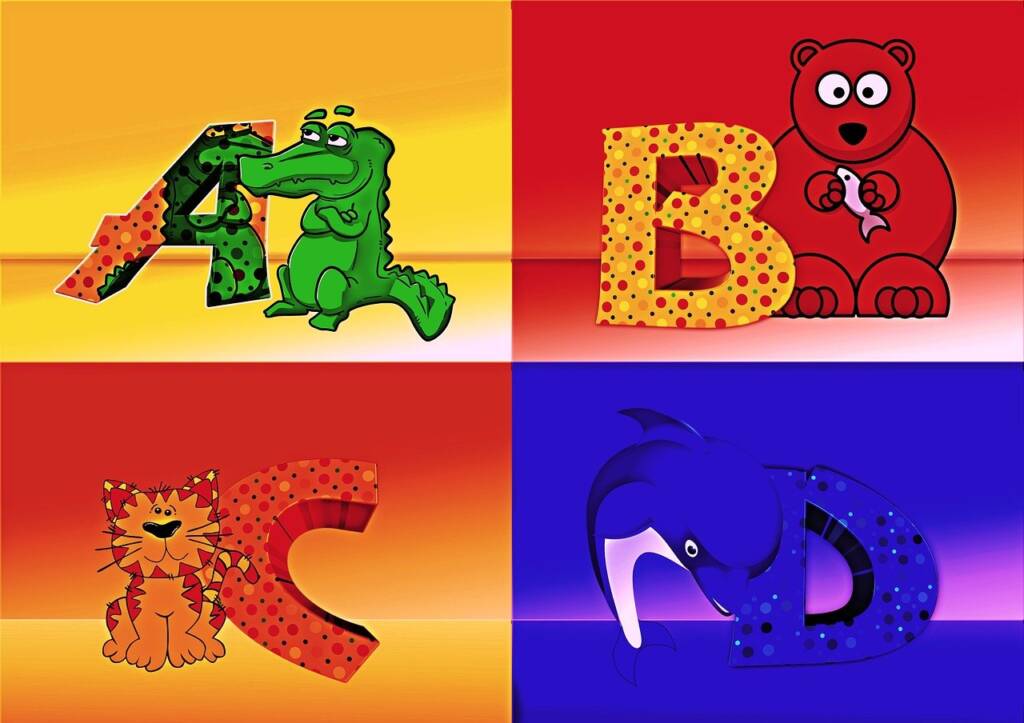 |
To Develop Skills of Counting, Matching and Sorting, Categorizing, and DiscriminatingUsing different textures, make sounds, play and extend the learning. Rattle the spoon in the cup, fill the cup and the jug with water find out which holds the most, squeeze water from the sponges. Match the socks, cate- gorise the brushes, find all the circular, square shapes, longest, shortest objects. |
 |
Understanding the Qualities of Objects: ‘Woodness of the wooden spoon’Experience and maximize the learning opportunities:
|
 |
Understanding the Qualities of Objects: ‘Whisking of the Whisk’Explore the qualities of the different whisks:
|
 |
Concept Hanger(Hanger £4.50 from IKEA)
Hang Bracelets, metal objects, wooden objects, square/circular/rough/smooth/cold to touch objects.
Change the objects each week, collect the objects with the child.
Categorize the objects
Sort by shape, size, length, texture, height
|
 |
Concept bagsR for Rolling (Objects that roll)
Rolling pin, pastry cutter, paintbrush, glue, cork, small ball, large ball, lens cleaner, inner from kitchen roll.
|
 |
Metalness of MetalIn a metal tin
|
 |
Classification/Concept Bags—H For Hair bandsRange of hair bands and hair accessories to classify by shape, texture, decoration.
|
 |
Classification/Concept Bags — Silver and Shiny Bag (two attributes)Beads, belt with sequins, make up bag, buckle, boxes, bracelet
|
 |
Understanding Number as a Whole’Numerousness’ The oneness of one, the ‘twoness’ of two, the ‘threeness’ of three.
Use the detachable number line to add to the front cover of each box.
The box contents can be used to understand the oneness of one, the ‘twoness’ of two, as well as to understand the ‘pencilness’ of the pencil, or the woodeness of the wooden spoon.
Pencils, fans, bottles, spoons, toy cars, brushes, any objects from around the house.
|
 |
Sorting / MatchingShells, buttons, beads, etc. |
 |
Big and LittleSmall and large objects from around the house or from within the child’s daily environment. |
  |
Same and differentObjects which are exactly the same and objects which are different, some with more subtle differences, e.g. pattern on the bracelets
|
|
|
|
 |
Ordering by SizeCollect a selection of bottles to order by size. Categorise by shape, opening, lid type, material made of.
|
   |
Sorting by Shape Ordering by SizeLargest to smallest using pots, jam jar and
milk container lids
|
  |
Ordering / ComparingTallest to shortest activity: Measure each object and place in order.
Long tray from IKEA used with foam board shaped to tray and added in as an activity base.
|
 |
Create Games and Activities to Match 3D Shapes to Real Objects and 2D ShapesUse Lazy Sue or a large tray divided into four areas.
(include names of shapes, number of sides)
|
 |
Understanding Shape: Matching 3D to 2D ShapesUse wedding favour boxes and 2D shapes cut out in foam board with zychem raised outline stuck over the top of the 2D shape
|
 |
Matching 3D to 2D shapes and naming the shape.Real object—3D model—2D model of plane—name of shape—number of sides.Bag of shapes from RNIB
Long tray—IKEA
Foam board cut to size of tray to make interchangeable work activity card.
2D shape cut out in foam board with zychem outline shape stuck on top.
|
 |
CountingMany objects can be used to support counting. It is better to use everyday objects, those from the child’s daily environment. Here are some thick drinking straws with 5 mini pumpkins on each one, useful for counting, early times table.
|
 |
Early Number LineUse same size boxes and add number to each to make a number line, add the appropriate number of objects to each box, encourage child to read the Braille number and count the correct number of objects.
Child to independently find objects for each numbered box. Extend learning and add a different letter to each box — e.g. find 2 objects beginning with the letter b.
|
 |
Early Number LineStacking rings and stacking beakers make good number lines and can also be used for other activities, smallest to largest. Beakers can be turned over and filled with the appropriate number of objects.
|
 |
Early Number LineBucket Number Line—add number to each bucket and appropriate number of objects to each. Add letter to each bucket, e.g. To spell the word bucket and add number of objects beginning with each letter. |
 |
Number LineCounting, adding, subtracting activities Detachable individual boards stuck on with Velcro, can be used for other counting activities. Use with spinner to play snakes and ladders (up and down the number line)
|
 |
Number LineCounting activity— each number has the name of the word, the number and the counters in a dish.
|
 |
Make homemade dice up to 3
Write number in letters using discs
Write numbers in large print or braille
|
 |
Number LineOn laminated cards, with braille sticky back numbers attached. Cards attached to a line of Velcro on a foam board
|
 |
AbacusFour dowelling sticks stuck in a base board, each labelled with units, tens and hundreds
Beads of different shape for each column.
|
 |
|
 |
Addition and Subtraction ActivitiesUse the spinner / dice to play the game.
When it lands on a 6, spin the Lazy Sue.
Read the number from the top of the box that stops in front of you, open the box and take a number out, add, multiply, subtract or divide the number. Choose correct answer from number line and place in pot in middle.
|
 |
Subtraction and Addition ActivitySpin the spinner to get a 6 then choose a flag from the central pot, read the sum, there is a number missing, place the flag in the correct tower which has the missing number at its base.
Lazy Sue with activity mat added.
Unifix used to make towers
Unifix velcroed to base with number added in sticky back braille.
|
 |
Fourness of Four: Sharing between Four, Counting FourFour cups
Four plates
For four people, how many cups, plates? Take one plate away, how many left? Take one cup away, how many left?
|
 |
Sharing:Dividing and sharing between two. Using plastic food containers—two compartment salad box
|
  |
SharingBetween 2, 3, 4 ,5 ,6.
Or can be used for matching patterns and shapes activities
Wedding favour boxes added with Velcro to foam board activity base. Shapes added to the top of each box.
|
 |
SharingBetween 2, 3, 4 ,5 ,6.
Use a food tray (mini steak pies) and the discs from the inside of bottle lids, these make good sturdy counters.
|
 |
Sharing the CakeUsing mouse mats on a Lazy Sue placed on top of each other.
Each divided into 1/8, 1/4 and 1/2 respectively. Add names of children on laminated tickets and invite them to share the ‘cake.’
|
 |
Making PatternsShapes are attached with Velcro.
|
 |
Matching PatternsMatching patterns, subtle patterns made of different textures and also matching lines of patterns (see picture on right)
Make patterns on laminated strips, use small cubes or flat felt shapes (Hobbycraft)
|
 |
Shopping ListLayout coins required to buy item. Find out cost of each item. Add items together on shopping list.
Use large piece of foam board, divided into sections
Words for shopping list made on laminated strips with sticky back braille secured to surface. Make smaller laminated squares with prices of each item.
|
 |
Homemade dice
Counting up to 3
|
View and print the original document here: Tactile Maths Ideas – Early Years up to 5 – 7
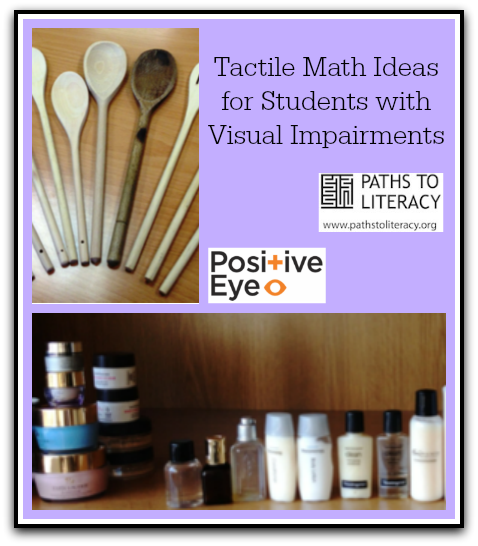
There are more shared ideas at https://positiveeye.co.uk/

